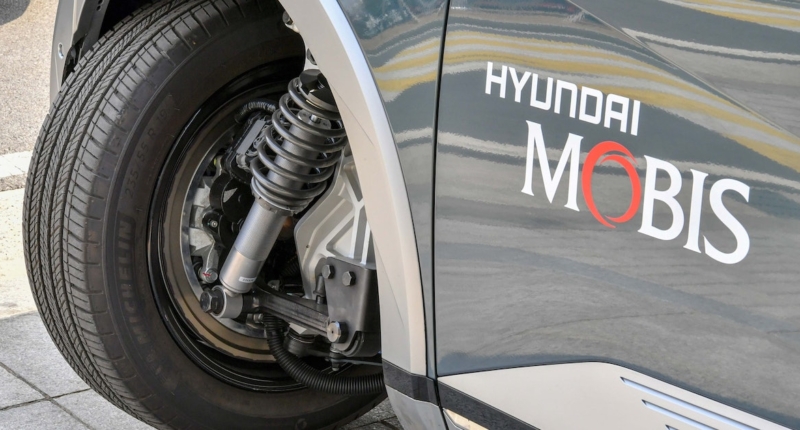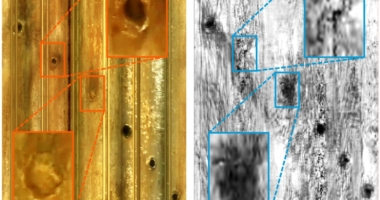Hyundai has been developing the In-Wheel Drive System technology since 2010, and it is now testing its technology on EVs, a significant step towards commercialization. The company is looking to complete the development of its technology by the end of the year and plans to get it ready for mass production after that. Although other car companies, such as GMC, Tesla, and Mercedes-Benz, are exploring similar technology, Hyundai’s In-Wheel Drive System offers more maneuverability options than any of its competitors. It allows independent control of each wheel on an EV, making driving in cities, tight spaces, and parallel parking easier than ever before. The system also improves an EV’s range, making it more efficient. The In-Wheel Drive System is a game-changer for the EV industry and a significant step forward for the automotive industry.
Hyundai’s In-Wheel Drive System: Making Parallel Parking a Breeze
Hyundai’s new technology could make parallel parking easier than ever before. The Korean automaker is testing its In-Wheel Drive System, which allows for independent control of each wheel on an electric vehicle (EV). The system includes fully-articulating wheels, which give cars the ability to move sideways, making tricky parking situations a thing of the past.
What is the In-Wheel Drive System and What Does It Do?
The In-Wheel Drive System is an innovative technology that allows each of the four wheels on an EV to be controlled independently through a separate in-wheel motor. The system offers drivers more maneuverability options than ever before, making it easier to drive in cities, tight spaces, and parallel park.
With the In-Wheel Drive System, drivers can turn each of the four wheels up to 90 degrees, allowing them to park parallel to the curb by moving in from the side, rather than backing in. For tight spaces, drivers can adjust the angle of the wheels to drive diagonally, and for U-turns, they can rotate the wheels 180 degrees.
Benefits of the In-Wheel Drive System
Hyundai’s In-Wheel Drive System not only makes driving more manageable, but it also improves an EV’s range. According to the company, the system allows for more efficient torque distribution to each wheel’s motor, improving turning and power efficiency by approximately 20%. The technology can increase an EV’s range by ensuring that the wheels are more efficient. This would be a significant improvement for Hyundai’s Ioniq 5, which currently has a range of up to 303 miles.
When Will Crab-Walking Tech be Available?
Hyundai has been working on the In-Wheel Drive System for some time and has already tested it on its Ioniq 5 models. However, the company has not yet announced when this technology will be introduced into production cars. Now that Hyundai is testing the technology in its EVs, it could be available on the road soon.
Overall, Hyundai’s In-Wheel Drive System is a game-changer for the EV industry, offering more maneuverability and better efficiency. It’s a significant step forward for the automotive industry, and we can’t wait to see it in action on the roads.
Hyundai’s In-Wheel Drive System: A Technology in the Making
Hyundai has been developing its In-Wheel Drive System technology since 2010, and it debuted the system at CES 2018, followed by a prototype demo at the latest CES. The company is now testing its technology on EVs, a significant step towards commercialization.
Hyundai’s Plan for Commercialization
Hyundai is looking to complete the development of its In-Wheel Drive System technology by the end of the year and plans to get it ready for mass production after that. Oh Heung-sub, senior vice president of Hyundai Mobis, made this announcement in a press release.
Competition in the Market
Other car companies, such as GMC, Tesla, and Mercedes-Benz, are also exploring this technology. GMC has already introduced its Hummer EV, which can crabwalk up to 10 degrees in either direction and is planning to insert that same technology into its Sierra EV pickup. Tesla is planning to incorporate crab walking capabilities into its Cybertruck whenever it releases. On a less advanced scale, Mercedes-Benz has offered its rear-axle steering technology on a few of its higher-end models, like its AMG EQE SUV.
However, none of these offerings are on the same level of articulation as Hyundai’s In-Wheel Drive System. Although it may be a while until Hyundai’s technology is incorporated into production models, once it is, it will be a major advantage over its competitors.
Don’t miss interesting posts on Famousbio










